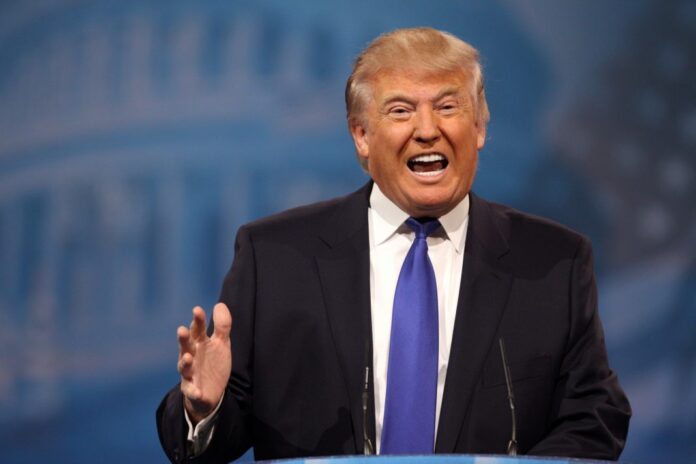15% tariff imposed on most EU exports to US.
The United States and the European Union have agreed to a new transatlantic trade framework, averting the threat of a broader trade conflict following several months of negotiations. The deal was finalised during a 40-minute meeting between US President Donald Trump and European Commission President Ursula von der Leyen at Trump’s Turnberry resort in Scotland.
Under the terms of the agreement, a 15% baseline tariff will be imposed on most EU exports to the US, effective immediately. The rate is lower than the 30% tariff previously threatened by the US administration, but significantly higher than the 4.8% average that applied prior to Trump’s presidency. A 50% tariff will continue to apply to steel exports, though the EU says a quota system will accompany this.
In exchange, the EU has committed to purchasing $750bn worth of US energy products over three years, including oil, gas, nuclear fuel, semiconductors, and liquefied natural gas. Brussels has also agreed to invest an additional $600bn in the US economy, including in defence-related procurement.
Zero tariffs will apply to certain sectors, including aerospace components, selected chemicals, semiconductor equipment, some agricultural goods, and raw materials deemed critical.
Pharmaceuticals will fall under the 15% tariff bracket, though Trump retains the authority to amend this unilaterally. Both sides acknowledged lingering uncertainty around future decisions in this area.
The agreement stabilises an annual EU-US trade relationship valued at €1.4tn and prevents the introduction of a 30% blanket tariff that had been set to take effect on 1 August if talks collapsed.
The European Commission’s Maroš Šefčovič acknowledged that the agreement represented a less favourable position than before but emphasised the need for “predictability and stability” for European businesses.
The US administration retains the option to raise tariffs in the event that EU investment commitments are not met. A senior US official confirmed that future increases remain “on the table.”


